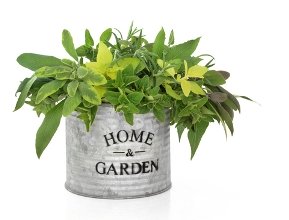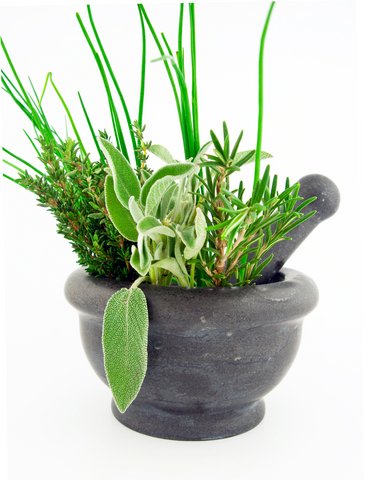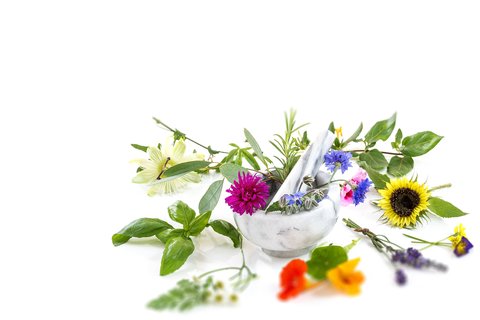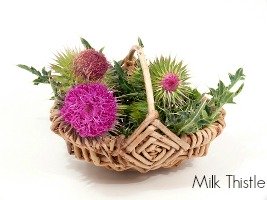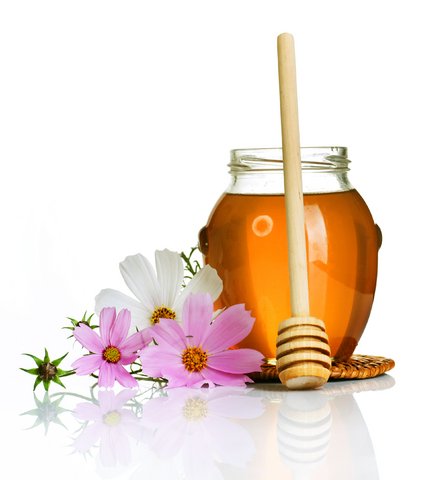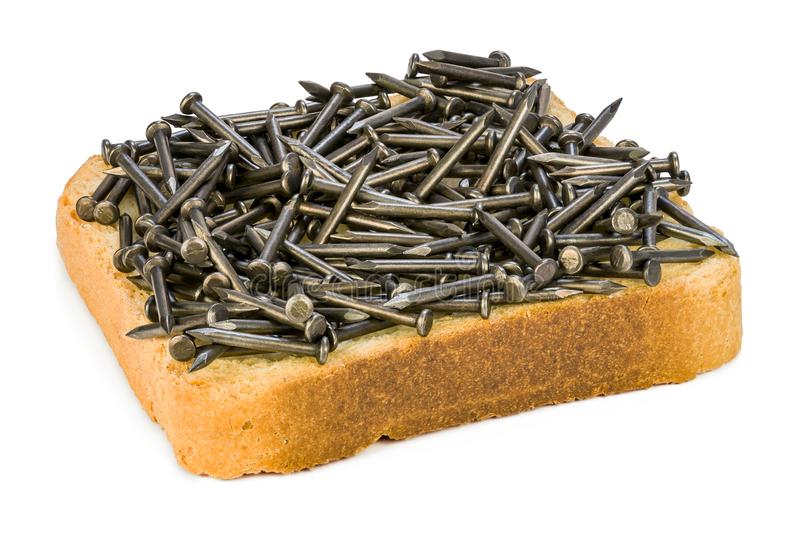Growing Chamomile.
The Start of your very own Tea Garden.
"Let food be your medicine and your medicine be your food. Each one of the substances in a person's diet, acts upon the body and changes it in some unique way, and upon these changes the whole life depends, whether in health, in sickness or convalescent."
Hippocrates 2 000 years ago.
By having made a decision to start growing chamomile you have started with one of the most important tea's in the herbal healing world because of it's many healing properties.
Imagine the joy of walking into your own back yard or onto your verandah and been able to select the type of tea you would like to brew!
And we are going to help you start that tea garden by learning about the basics of growing chamomile.
Is Chamomile an Annual or Perennial Plant?
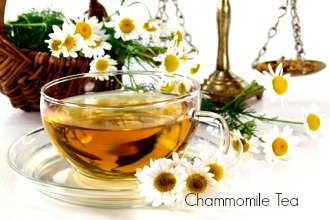
|
|
Growing Chamomile for Herbal Home Remedies
- Pick the flowers when they are fully open and use to make infusions (see preparing herbs).
- It helps to relax both the nervous and digestive systems, the beneficial effects have been known to herbalists since ancient times.
- Chamomile can be used for colic remedies and is also useful for teething infants.
- Make an infusion of chamomile flowers, add a sprig of peppermint and drink as a natural home remedy for constipation
- Make a compress from the chamomile flowers and leaves and use to treat eczema and also for home remedies for psoriasis.
- An infusion of chamomile flowers can also be added to bath water to treat sunburn.
- Use your leftover chamomile tea as a tonic spray for ailing plants.
- If your dog gets overexcited, give him some watered-down chamomile tea and your "best friend" will calm down.
Cosmetic Uses for Chamomile
|
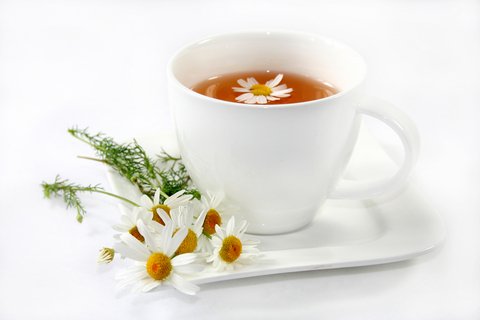
|

|
|
IMPORTANT NOTICE
Home Remedies Haven would like to reassure all the visitors to our site, that we respect your privacy and do not in any way sell personal information.
